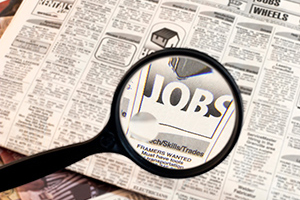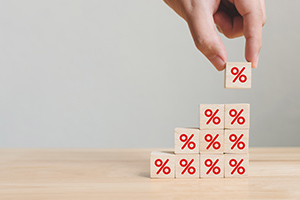As we negotiate the recession or no recession debate, one of the key data points is what’s called a yield curve inversion, which is a greatly intimidating technical term for something that is really pretty simple: the interest rate on a long-term bond minus the interest rate on a short-term bond. But economists can’t really be intimidating if we just say that!












